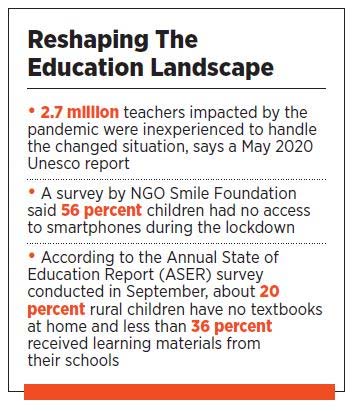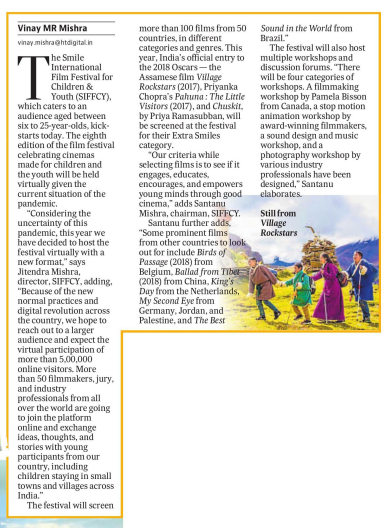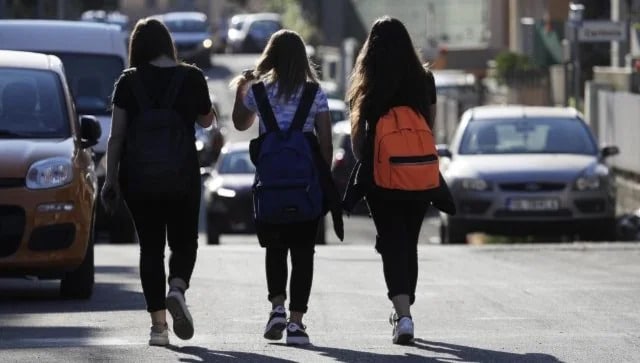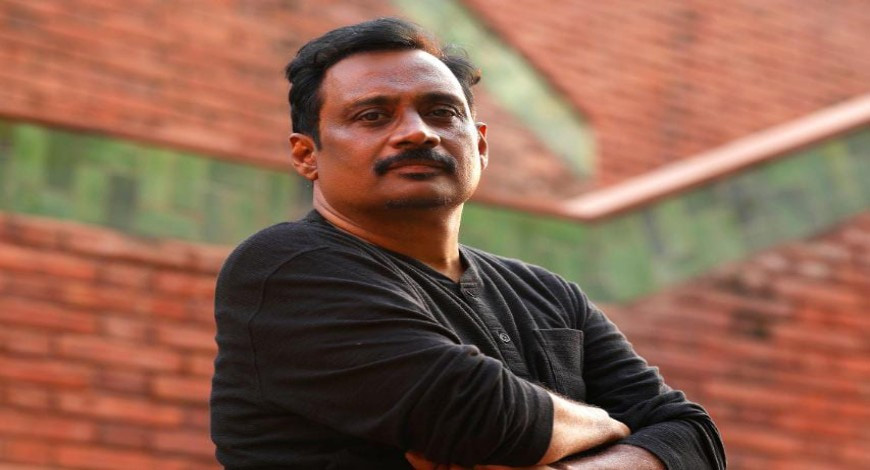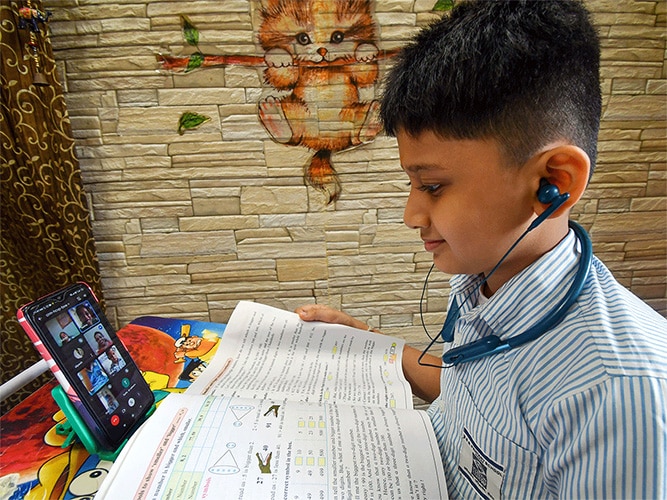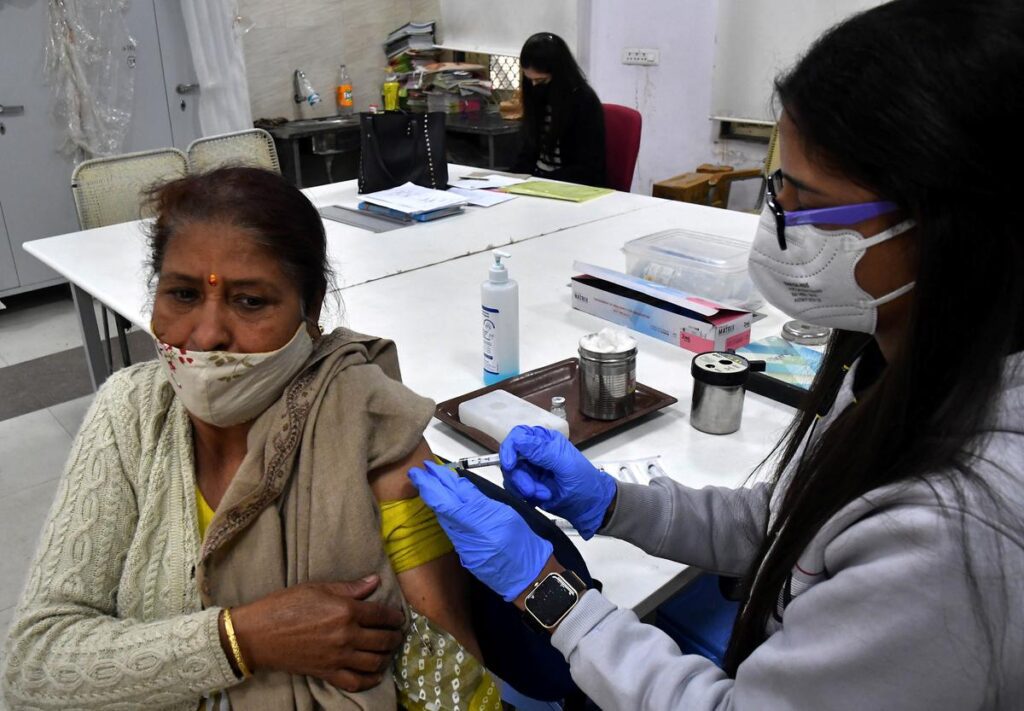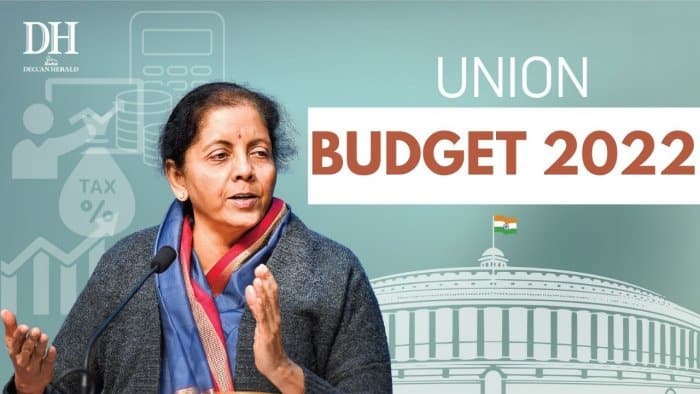Santanu Mishra honored with ‘India CSR Impact Leader Award’
- Home
- Smile Team
- Page 162
( January 23, 2021 )
India CSR Top 10 Impact Leaders of India is annual award for leaders whose work have impacted lives, established by India CSR.
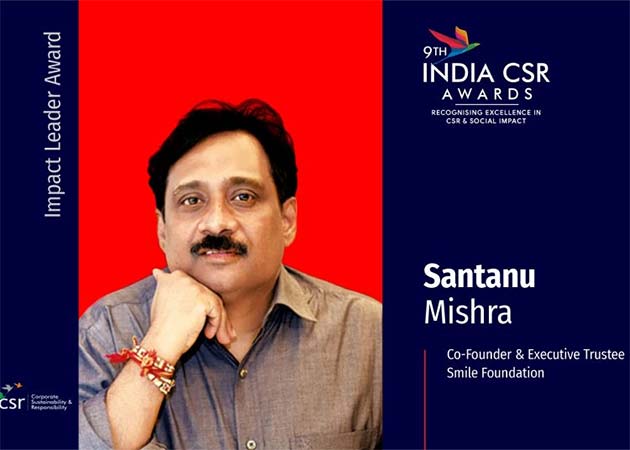

Co-founder of Smile Foundation Santanu Mishra has been honored as one of the ‘India CSR Top 10 Impact Leaders of India’ during the ‘India CSR Leadership Summit – 2021’, organized by India CSR Network on January 16, 2021.
He received the prestigious ‘Impact Leader Award’ for his remarkable contribution in building a Resilient India during COVID-19 pandemic.
Santanu Mishra, also a Executive Trustee of Smile Foundation, under his leadership began its India Shares campaign in April 2020 as a response to the massive crisis emerging due to the first of its kind pandemic of COVID-19.
The campaign used a multi-pronged approach to ensure the vulnerable sections of society were able to receive essential services food and sanitation supplies.
Santanu Mishra, Co-Founder, and Executive Trustee, Smile Foundation was awarded for being one of the impact leaders of 2020 by the India CSR Network at 9th India CSR Awards.
Smile Foundation began its ‘IndiaShares’ campaign on 6th April 2020 as a response to the massive crisis emerging due to the first of its kind pandemic of COVID-19. The campaign used a multi-pronged approach to ensure the vulnerable sections of society were able to receive essential services – food and sanitation supplies.
The summit was attended by dignitaries and representatives from Government, Civil Society, Think Tanks & Corporates. Other awardees felicitated for the contribution in 2020 included- Sonu Sood, actor and philanthropist; Shallu Jindal, Chairperson, JSPL Foundation; Atul Satija, Founder, The Nudge Foundation; Prashant Prakash, Partner at Accel India; Madan Padaki, CEO & MD of Head Held High Services; Kaushlendra, Founder of Kaushalya Foundation; Ankit Kawatra, Zomato Feeding India; Ravindra Sathe, Mentor- CoWin Network, and Ashif Sheikh, Founder, Jan Sahas.
India Shares, an initiative started to combat hunger amongst Smile foundation’s most vulnerable beneficiaries, is running successfully with the contribution of supporters from all walks of life. Smile Foundation has already covered 23 states in the country through a dry ration distribution program and has served more than 25 million meals to over 2.78 lac families so far. A survival kit typically includes: Rice, Dal, Salt, Oil, Sugar, Chilli Powder, Turmeric Powder, Dalia Flour, Liquid Handwash, Disinfectant Soaps, Masks, Sanitary Napkins and Biscuits (for children).
A telephonic and digital Health Awareness Initiative providing counseling on physical as well as mental wellbeing to the most vulnerable during COVID-19 called ‘Batoon Batoon Mein Sehat’ is being executed as part of the campaign.
40,000 people have been counseled and the aim is to reach 200,000 people. The multi-pronged approach also includes #HealthCannotWait – an initiative to take primary healthcare to the doorsteps of the less privileged children and families and promote a health-seeking behavior among them. At present, 1 million people are benefitting from the health services, with an aim to reach 2 million people.
Smile Foundation, is an NGO in India directly benefitting over 15,00,000 children and their families every year, through more than 400 live welfare projects on education for poor children, healthcare, livelihood and women’s empowerment, in over 2,000 remote villages and slums across 25 states of India. Adopting a life cycle approach of development, Smile Foundation focuses its interventions on children, their families and the community.
India CSR Network is a leading media organisation on Sustainable Development, Corporate Social Responsibility (CSR), Sustainability, and related issues in India. The digital platform offers insights on Corporate Governance, Business Responsibility, Human Rights, Sustainability, Sustainable Development, Workplace Safety, Industry 4.0, CSR 2.0 and other Socio-Economic issues.
The ‘India CSR Awards’ is certainly an inspiration to the leaders who are committed to driving transformations in the society with their dedicated service and commitment in the areas of sustainability and CSR.
Such acknowledgement and felicitations are aimed at recognising the industry leaders who are raising benchmarks by bringing transformative change in the society through innovation and excellence.
India CSR wishes him a happy and healthy life ahead to carry on his mission to make a positive contribution to a larger good in India.
Source: https://indiacsr.in/santanu-mishra-honored-with-india-csr-impact-leader-award/



